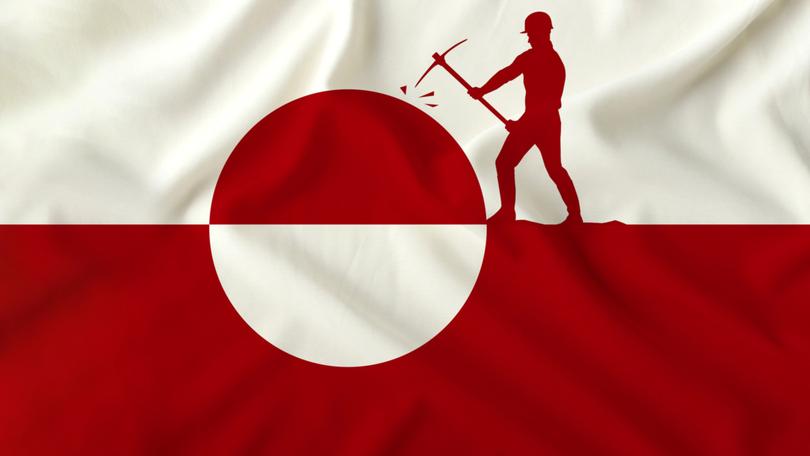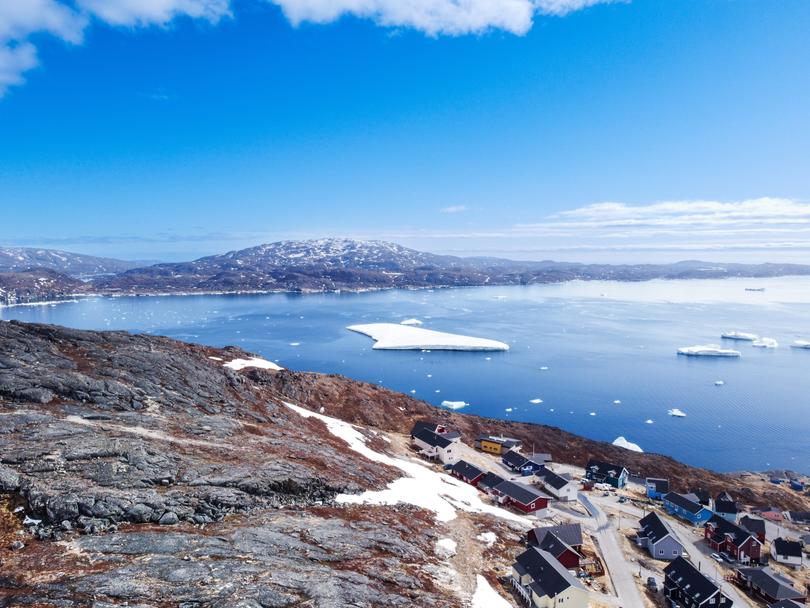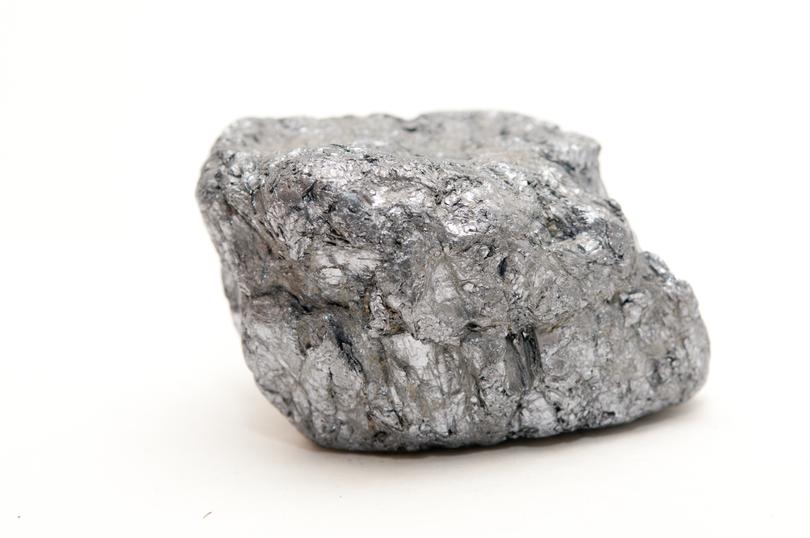The Economist: Can Greenland stave off the resource curse

A billion years ago, as one tectonic plate ripped apart from another, two chambers of magma were sealed off beneath what would later become Greenland.
As thousands of years passed, the magma cooled, each layer crystallising under rarefied conditions.
Today the Ilimaussaq intrusion is a giant fold of rock beneath Gardar, in south-west Greenland.
Sign up to The Nightly's newsletters.
Get the first look at the digital newspaper, curated daily stories and breaking headlines delivered to your inbox.
By continuing you agree to our Terms and Privacy Policy.By a stroke of luck, it is home to 30 of the world’s most desired raw materials.
There are, in total, 50 “critical minerals”, according to a list maintained by the American government.
At present, these are mostly supplied by China.
Without them a modern economy and armed forces would be crippled.
Therefore Greenland’s supplies are of extraordinary importance.

Add in deposits in the east, and the territory has known reserves of 43 of the 50 minerals.
Molybdenum strengthens steel for offshore wind farms.
Terbium is a component of magnets in tanks.
Copper goes in everything from electrical wiring to chips for artificial intelligence.
Greenland’s minerals have attracted firms backed by the likes of Jeff Bezos, founder of Amazon, and America’s Department of Defence.
When he was president, Donald Trump suggested that America purchase the island.
For the moment, it is part of Denmark. Its 56,000 people may be sitting on riches.
On a per-person basis, they may even face history’s greatest resource rush. Yet, so far north, with so few people, a boom is not guaranteed.
Things often go sour in resource-rich economies, a fate known as the “resource curse”.
Greenland is a long way from the most extreme examples, such as countries ravaged by gem-trading warlords.
It will, though, struggle to avoid the less violent version of the curse, in which sparse populations, flush with state handouts, fail to remain productive.
In the Gulf, few people have reason to venture into the private sector.
With oil revenues now set to decline, that is a problem for the region’s policymakers.
Although extraction in Greenland is still at an early stage, things are accelerating.
Firms are now drilling at 170 sites, up from 12 a decade ago.
Such exploration is one of the oldest and riskiest forms of economic speculation; returns do not just rely on what is underground, but also on market prices holding up for long enough to get it out.

KoBold Metals, financed by Bill Gates, Microsoft’s founder, and Mr Bezos, is using artificial intelligence to find sites to drill, and has spent $15m developing Disko Nuussuaq, a deposit of cobalt and copper.
Other investors say they have spent over $100m and sent hundred-strong workforces to camp in sub-zero temperatures. One reports building a road on a glacier.
For Greenland to get rich off resources, it needs firms to open commercial mines.
Lots of exploration comes to nothing, and so brings in little revenue for the government.
It is exploitation that brings tax windfalls and foreign investment.
But there is, at present, just one active mine. And this is where the problems begin.
Owing to handouts from Denmark, Greenland is well-off.
GDP per person sits at $57,000, above the EU average.
At the same time, the government wants independence, and thus to prove that it can stand alone, which will require mining. The difficulty is persuading locals to get involved: the labour market is ultra-tight, with just 0.2 per cent of the workforce unemployed.
“We need Greenlanders cooking, doing the logistics,” says an official at an industry party in Iceland.
“Where from?” shoots back an investor.
The Gulf’s solution was to import vast amounts of foreign labour.
Greenland’s population is so small that even tiny amounts of immigration represent enormous demographic shifts, which worries policymakers.
One government projection suggests that the population could double by 2030.
Each mine will need roughly 300 experienced foreign miners, according to an official; a single project would increase the local population by 0.5 per cent.
The government is effective, inspired by its desire for independence, but overstretched.
There are just 16 staff in the planning ministry to oversee hundreds of licences and environmental reports.
Wannabe investors have been left waiting for years.
Greenland did not wrestle control of its underground resources from Denmark until 2009.
As part of the deal, royalties from exploitation are offset by reductions in its handout, which limits the incentive to speed up extraction.
Although proceeds could in time far exceed that benchmark, for the next couple of decades the government will, in effect, have to hand over whatever it makes.
Cold climate
On top of all this, Greenland’s population is 88 per cent Inuit, an indigenous group that is fiercely protective of the right to extract resources.
Unfortunately, no domestic firm has the expertise or capital required.
In other countries it is standard practice for governments to give miners tax breaks until their initial investment is recouped.
But in 2021 Siumut, a party that had been in power for all but four years of the previous four decades, lost an election over such preferential treatment for a Chinese firm that ran a mine in Gardar.
Lots of locals would prefer the government to court investors in fishing and tourism, which could turn a quicker profit.
The final stages of Saudi Arabia’s bonanza also worries policymakers.
Only the arrival of foreign labour allowed the government to plunder resources.
Few Saudis actually wanted to start companies; most preferred to take less taxing jobs in the civil service or to just get by on state handouts.
The country’s productivity plummeted.
Today hundreds of billions of dollars are being spent fixing these problems, courting foreign investment, supporting domestic entrepreneurs and pushing local firms to cut back on their employment of expats.
“It is far better to try to get the right jobs to Greenland now than reverse-engineer an economy (like that),” says an official.
Exactly how policymakers plan to do this is not clear.
In the meantime, investors are becoming impatient.
